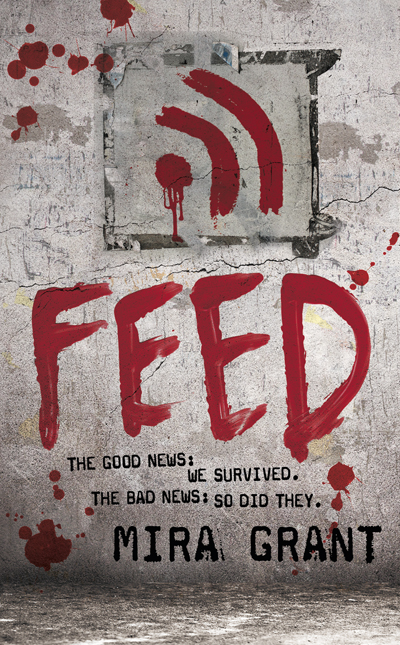By DeadVida
As a group, the Rigor Mortis staff can bicker and
geek-slam like maniacal kittens fighting over a cricket in the house. Dread
rolls his eyes until we fear seizure, Spinal Cord raises her razorblade-like
eyebrow, and Colin clears his throat with enraged dignity. But a magical thing
happened – we agreed on something, and that something is Nazis at the Center of the Earth. It spread among us like a virus
and we all agreed this was an amazing moment in cinema.
Personally, I went into
it thinking, “This sounds ridiculous and Jake Busey is in it, hit play!”
Jake Busey is Dr. Adrian
Reistad and that right there tells you that suspension of disbelief isn’t all
that important to the filmmakers. The film opens with nubile young scientists
encountering foul play and going missing at a base in Antarctica. A search
party is formed in accordance with Horror Movie Plot Convention #367.
I feel the need to point
out that if you can’t pretend to be cold while you are in “Antarctica,” you
should probably consider another career. A five dollar hooker can fake it
better. Then again, maybe all that hot, young blood keeps them warm.
It is a truth
universally acknowledged, that a horror movie in possession of a good gimmick,
must be in want of a plot. However, this movie has a gimmick that really makes
the need for a plot irrelevant. Another universal truth is that Nazis look
awesome in snow. These aren’t Nazi zombies, but they would totally go out for a
beer with the guys from Dead Snow.
And so, our heroes
victims find themselves in a secret underground base, complete with an entirely
different climate – all the better for the actors who can’t be bothered to
pretend to be cold.
There is expected and
unexpected gore and requisite evil Nazi scientist. The film’s genius becomes
apparent once the decaying/regenerating Nazis arrive, lead by Dr. Josef
Mengele, and the WTF moments build into a crescendo that takes suspension of
disbelief by the throat and leaves it for dead. I forgot Jake Busey was even in
the movie. That’s right, the what-the-fuckary was so great that a Busey was
cast into shadow.
Beyond that are spoilers
and I’m not going to ruin the fun for anyone - for a change the title actually
under-promises and over-delivers.
Rent it today. If you
live in Chicago rent it from Brainstorm Comics and tell them Colin Cthulhu sent
you.












